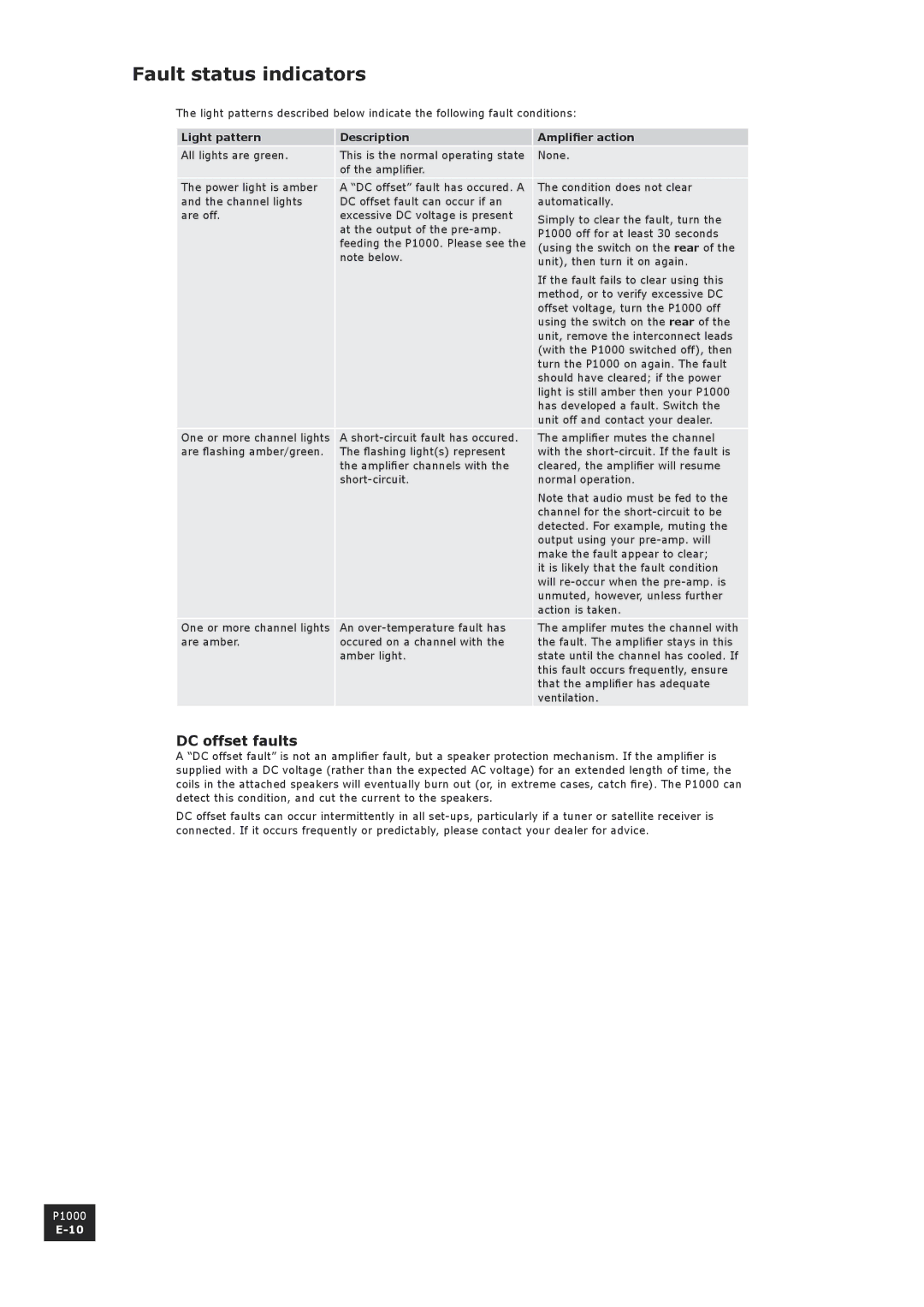P1000 specifications
The 3Com P1000 is a notable device from the early days of networking that played a significant role in the evolution of communication technology. Known for its versatility and functionality, the P1000 was designed primarily for the small to medium-sized business market, offering a robust solution for network connectivity.One of the main features of the 3Com P1000 is its high-speed data transfer capability, supporting both wired and wireless connections. This allowed businesses to enjoy fast internet access and enable seamless communication between devices. The P1000 supported Ethernet technology, which facilitated reliable network connections and provided users with the bandwidth needed for various applications, from simple file sharing to more complex data-intensive tasks.
In terms of wireless features, the P1000 incorporated advanced wireless networking technologies, ensuring that users could connect multiple devices without the need for extensive cabling. This wireless capability was particularly beneficial for businesses looking to enhance their mobility and flexibility in the workplace. The device often featured dual-band frequency options, enabling better performance in environments with high-density wireless usage.
Security was another core characteristic of the 3Com P1000. It included robust security protocols that helped protect sensitive data transmitted over the network. Features such as WPA2 encryption and built-in firewalls contributed to creating a secure networking environment for businesses, which is especially crucial in the digital age where cyber threats are prevalent.
Moreover, the P1000 came equipped with easy-to-use management tools, allowing IT administrators to configure settings efficiently. Its intuitive interface facilitated the setup of network devices, making it easier for businesses to deploy their networks without requiring extensive IT knowledge. These management tools provided insights into network performance, enabling proactive measures to be taken when needed.
In summary, the 3Com P1000 was a pivotal networking device that combined high-speed connectivity, wireless capabilities, strong security features, and user-friendly management tools. Its design considerations suited the needs of small to medium-sized businesses, paving the way for more advanced networking solutions in the years to come.

